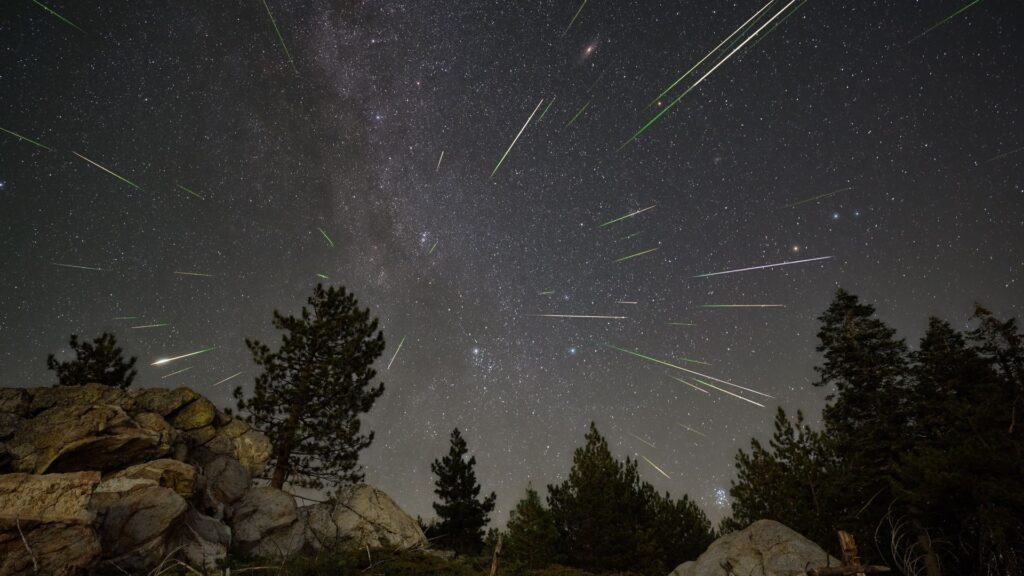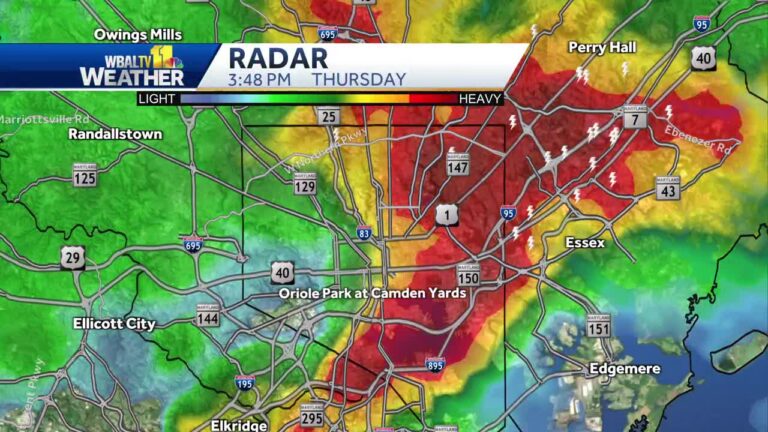
Introduction to the Perseides Meteor Shower
The Perseides meteor shower is one of the most spectacular celestial events that captivates stargazers around the world every August. Known for its bright meteors and abundance, watching the Perseides is considered a rite of summer for many. In 2025, the meteor shower is expected to shine even brighter, making it a significant event on the astronomical calendar.
When to View the Perseides in 2025
The Perseides will peak on the night of August 12 to the early morning of August 13, 2025. During this period, skywatchers can expect to see rates of up to 100 meteors per hour under optimal viewing conditions. The best time for viewing will be after midnight, as the meteors radiate from the constellation Perseus in the northeastern sky.
Factors Affecting Visibility
Several factors can influence the visibility of the Perseides meteor shower. This includes weather conditions, light pollution, and the lunar phase. In 2025, the moon will be in its waxing gibbous phase, which means it will be bright but not completely full. Although the moonlight may drown out some of the fainter meteors, the brighter ones will still be visible.
How to Prepare for the Event
To make the most of the Perseides meteor shower in 2025, it is essential to find a dark location away from city lights. Bring a reclining chair or blanket, lie back, and give your eyes around 20 minutes to adjust to the darkness. This will enhance your chances of spotting the meteors as they streak across the sky. Additionally, checking the weather forecasts on the days leading up to the peak can help ensure clear skies.
Significance of Meteor Showers
Meteor showers like the Perseides offer more than just a visual spectacle; they also provide valuable insights into our solar system. The Perseides originate from the debris left behind by Comet Swift-Tuttle. When Earth passes through this trail of debris, these particles burn up upon entering our atmosphere, resulting in the dazzling display we associate with meteor showers. Studying these phenomena can help scientists understand more about the composition of comets and the solar system’s evolution.
Conclusion
The Perseides meteor shower in 2025 promises to be an exciting opportunity for both seasoned astronomers and casual skywatchers. As August approaches, mark your calendars for the peak nights and prepare for an unforgettable experience that connects us to the cosmos. Events like the Perseides not only entertain but also remind us of the beauty and wonder of our universe.



